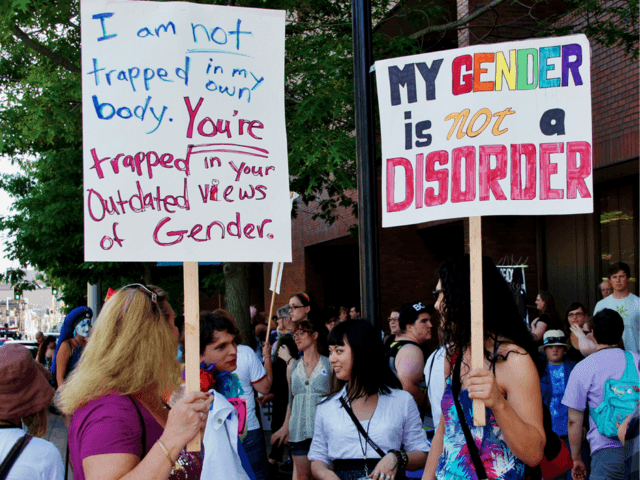"Sexuality is who you go to bed with, and gender identity is who you go to bed as." - Brendan Jordan

In order for gender expression, it is extremely vital to understand what it is. The dictionary definition states that it is "the way in which a person expresses their gender identity, typically through their appearance, dress and behavior" however, I believe there is much more to it than just that. Furthermore, it is necessary to know what gender identity is in order to express it. Gender identity is a person's perception of having a particular gender, which may or may not correspond with their birth sex.
This brings us to gender pronouns. What are gender pronouns? It is how a person is referred to. According to the norm, the pronouns 'he and him' are generally used by mxn, the pronouns 'she and her' are used by womxn and the pronouns 'they and them' are used to address groups of people. As most of you know- the wonderful and powerful LGBTQIA+ community loves redefining traditional norms, and the community has worked its magic for the better here too. Most womxn who identify as a part of the queer community as regards sexuality, usually consider 'she/her' to be their preferred pronouns. The same rule applies to mxn who identify as members of the LGBTQIA+ community, regarding their sexuality, and they use 'he/him'. These pronouns to a large extent apply to Transgender Womxn and Transgender Mxn too. This may be hurtful to some people. Except for the two commonly used pronouns, the most popularly known pronoun would be them, but there are others too such as Ze, Hir, Ey, etc.
Now this part explains the concept of 'they and them', and it all might sound confusing, but it's fairly simple, and we'll work our way through it. People who are genderqueer, non-binary, or non-conforming, generally employ the words 'they/them' as their preferred pronouns. They are people who do not completely identify as male or completely as female. With reference to this, let's dive into the sea of Gender Expression.
Gender expression can often be complicated if not accepted easily. It is most prevalent in developing and under-developed countries for most of them have orthodox views or conservative choices. Social constructs impact gender. Behaviors are labeled as masculine or feminine early on. Most behaviors and objects from the toys children play with to the mannerisms carried out by adults are gendered by society. Clothing, hairstyles, and body language are all examples of things that are typically considered to be gendered as being masculine or feminine. For instance, having long hair is typically considered to be a feminine expression of gender while having a shaved head is typically considered to be masculine gender expression. Mental Health and support are extremely necessary for a person to know that they are accepted. That they can be who they want to be. Dating centuries back, there was a lack of freedom of choice, but as the earth ages, we too grow and so do our thoughts keep developing in the near future.
And as Doug Cooper said - "Identity cannot be found or fabricated but emerges from within when one has the courage to let go."